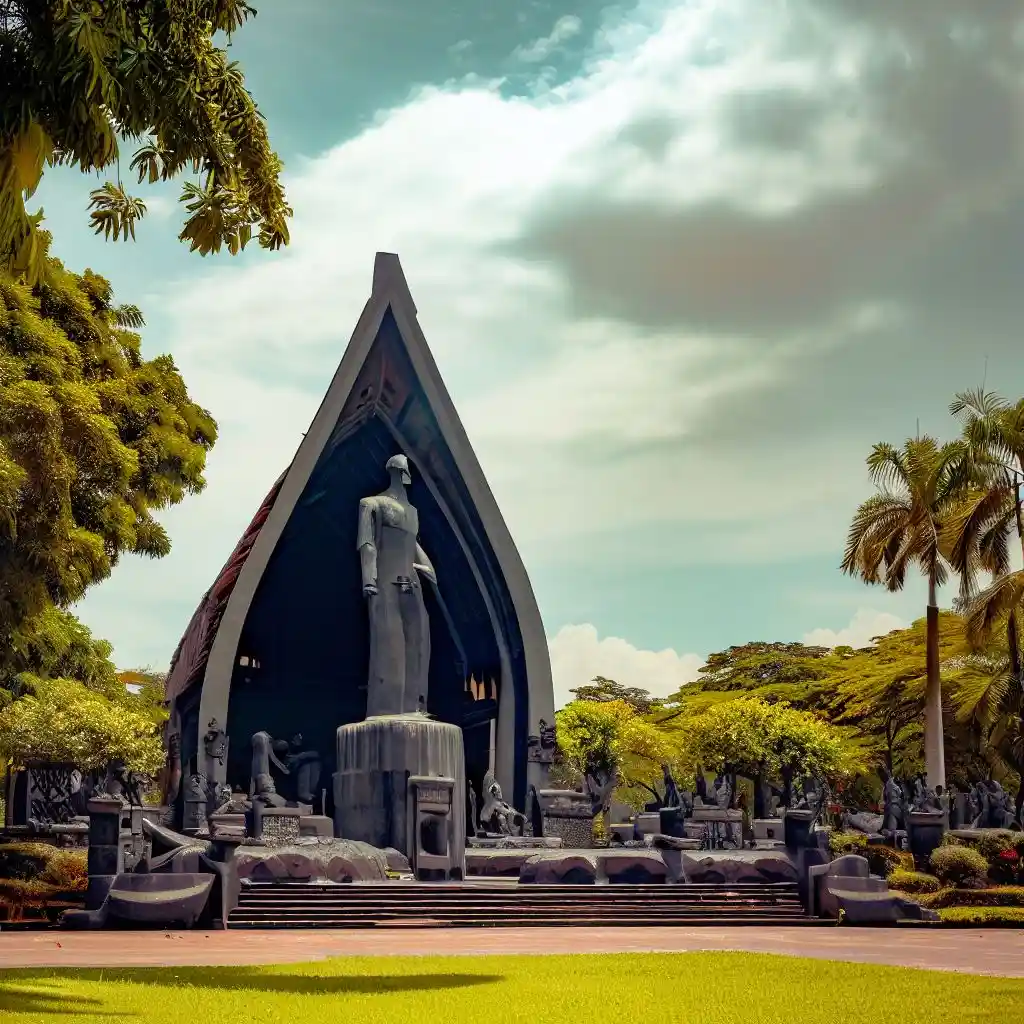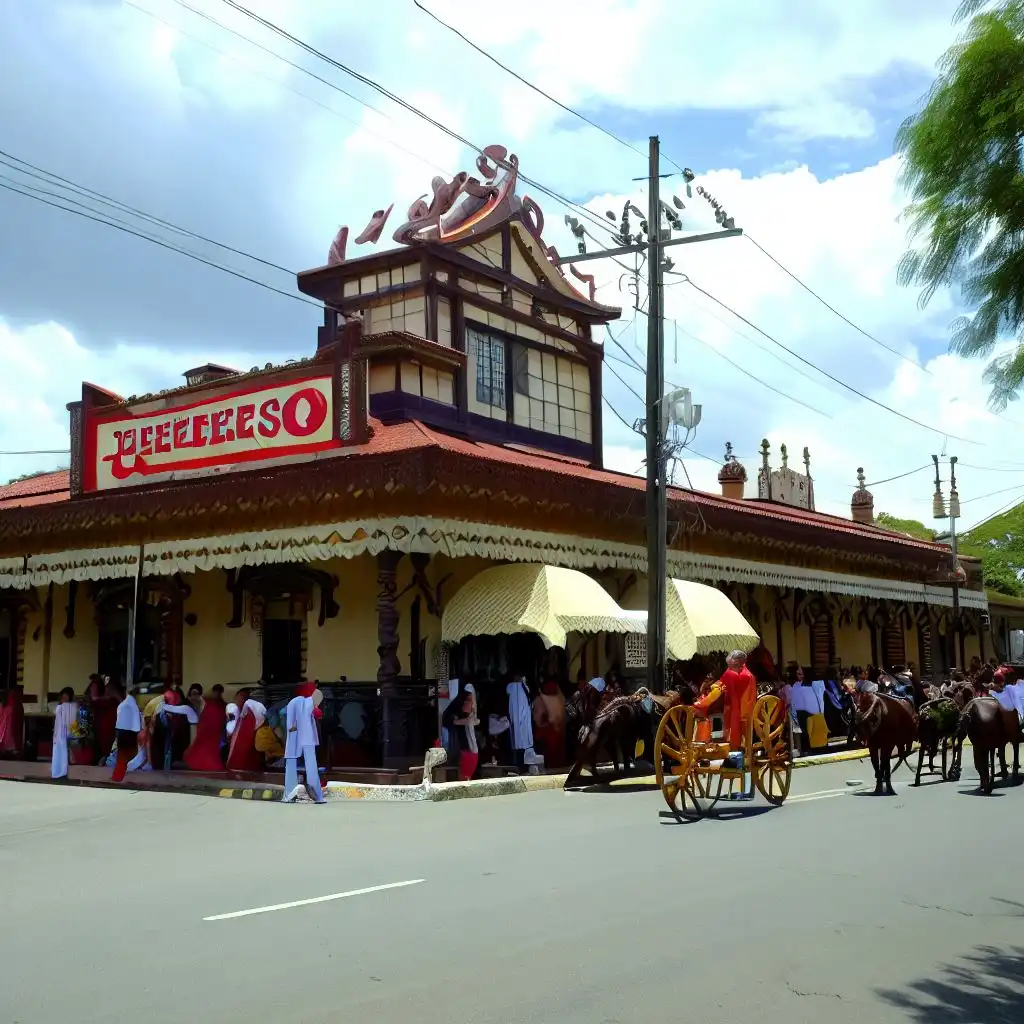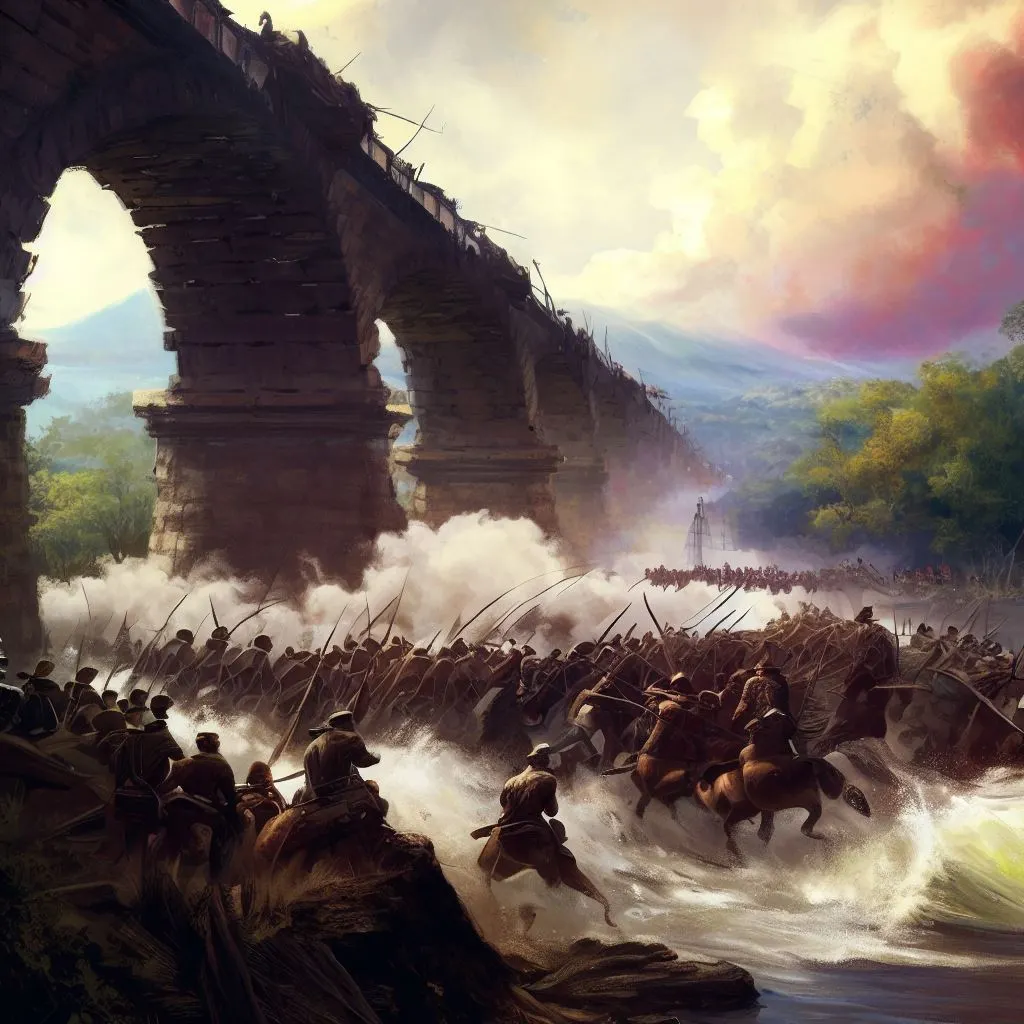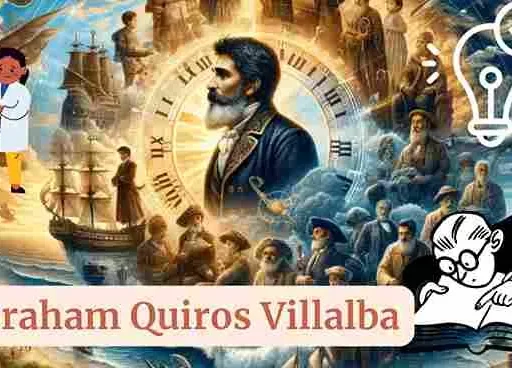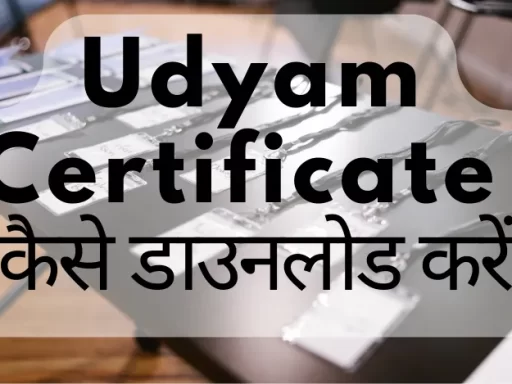What kind of tool did Andres Bonifacio employ throughout the Revolution? Did he use a machete-like bolo or a revolver? Or perhaps he combined the two, much like the hero in Carlos “Botong” Francisco’s famous picture. Regardless matter the tools employed, we cannot ignore the significant impact Andres Bonifacio had on Philippine history. The “Father of the Philippine Revolution” is how many people refer to Andres Bonifacio. He is a founder and Supreme Leader of the Katipunan, also known as the KKK (Kataas-taasan, Kagalanggalangang Katipunan ng mga Anak ng Bayan). We recently discovered that while Bonifacio was merely acknowledged as the first Philippine President, it was not formally recognized after visiting the recent Tejeros Convention site. Check out The Tejeros Convention in General Trias Cavite.
Despite numerous disputes over his designation as a national hero, Bonifacio has earned the respect and admiration of many Filipinos for his immeasurable contribution to Philippine history. In fact, some people also have argued on that Rizal is more deserving of the title of Philippine National Hero than Andres Bonifacio, but I believe they are both deserving of it. Every November 30 is observed as “Bonifacio Day” in every state to honor Bonifacio.
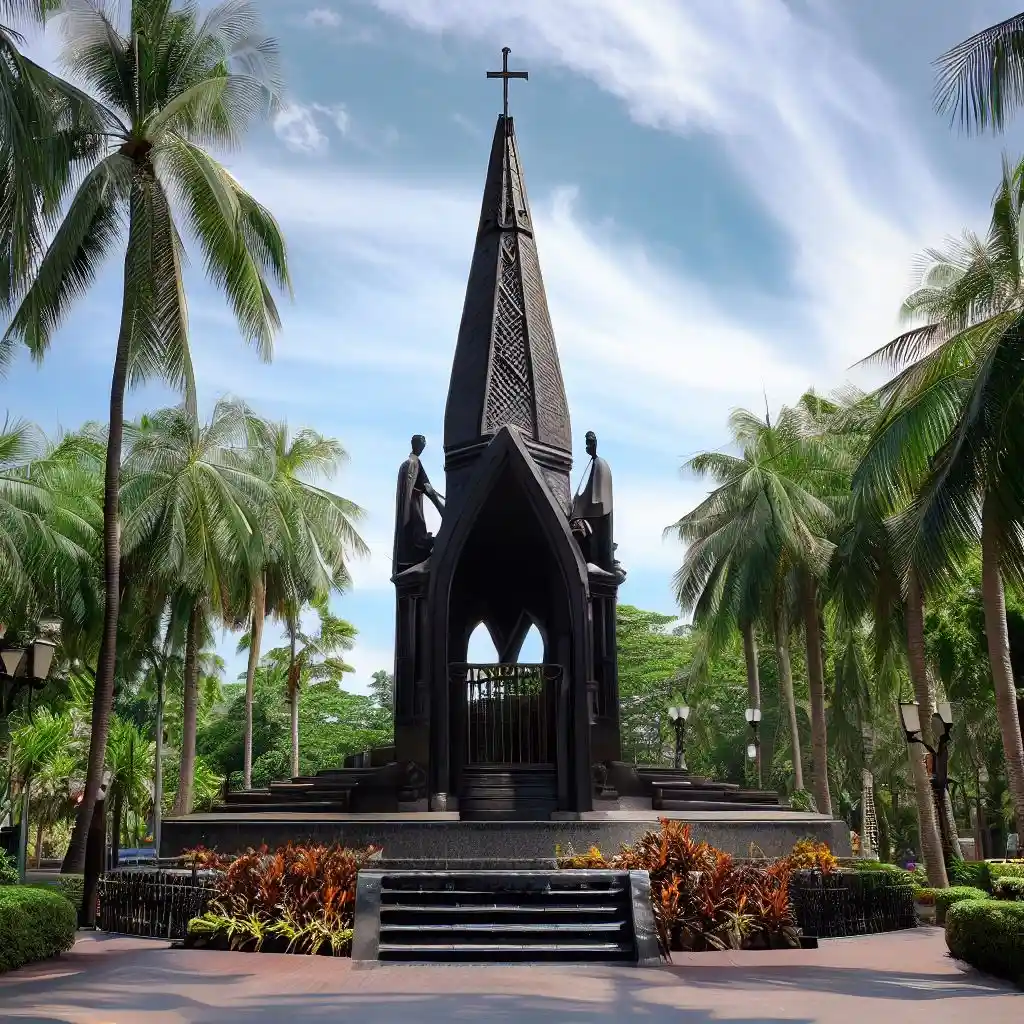
You can find a number of monuments and shrines that honor Andres Bonifacio if you travel throughout Manila and Cavite. The revolver-wielding Bonifacio monument can be found in Caloocan, as can others at Tutuban, UP Diliman, and in front of the Manila Post Office. In related to Bonifacio, Cavite likewise has a lot of historically noteworthy locations. A Trial House is in Maragondon, and a Shrine is on Mount Nagpatong. The monument close to Manila City Hall is arguably the most striking of all the memorials built to honor this national hero.
In the shrine close to Manila City Hall, a Bonifacio is shown holding a bolo. It is a work of art by Eduardo Castrillo, who also created the EDSA People Power Monument and the monuments at Zapote Bridge (see The Historical Battle of Zapote Bridge).


